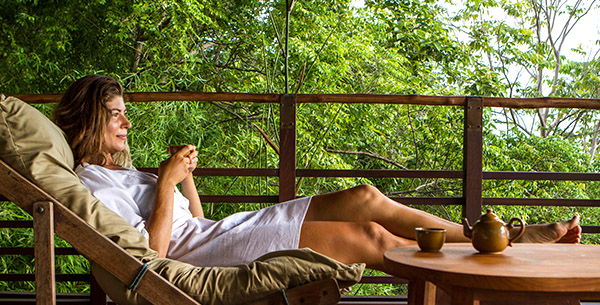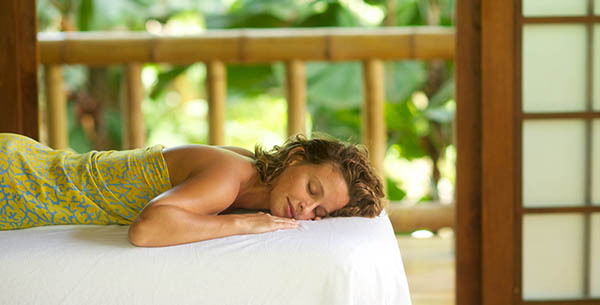0203 397 8891
Open today: 9:00am - 6:00pm

When we think of mindfulness, and the process of becoming self-aware of our emotions, thoughts, feelings and senses, most of us envision a method of passive meditation. Although this may ring true when practiced by its founding Buddhists, the reality is, we do not need to be physically still and shut away from the world to find our inner-calmness. In today’s fast-paced society where finding a spare hour (or six) is nigh on impossible, this is most certainly a good thing! Active mindfulness is concerned with maintaining an introspective state of consciousness whilst engaging in everyday activities. Still a bit confused? The following guide turns a spotlight on mindfulness, complete with key tips on how to practice and apply it to your life.
In the age of communications, the power of silence is wholly underestimated, underused and often even feared. Dedicating time for solitude, even if it’s just five minutes on the train with your eyes shut and earplugs in, can be immensely beneficial to your mental health. It encourages self-reflection, and nourishes and heals the mind. Research has also shown silence to relieve stress and amplify sensitivity to sensations, sounds, emotions and thoughts; an essential principle of mindfulness.

Often our barriers to success, whether personal or business related, are due to a (sometimes unconscious) stubbornness to challenge our beliefs. Using a ‘thought diary’ identifies destructive thoughts by allowing you to be mindful and aware of how you would feel if these were, in fact, not your beliefs. This technique is especially helpful in challenging how we perceive ourselves, others and the world around us.
No, this does not mean starving yourself! Take a delicious fresh orange. Eat it slowly and deliberately, paying attention to the sweet citrus taste. Notice how the segment bursts with flavour and spreads over your taste buds, and how your jaw moves as it masticates. Mindful eating not only helps us enjoy what we are consuming optimally, but also recognises our emotional and non-hunger related triggers which inevitably cause us to overeat and feel guilty.

To take time away from the world and reflect in peace is truly the pinnacle of mindfulness exercises. While meditation is beneficial for our well-being, the magic of this deep relaxation practice lies in how it encourages awareness of our present. Try to maintain a narrow focus to start with i.e. the air as it moves into and out of your lungs, then begin to acknowledge thoughts, feelings, senses, form and emotions. If your mind wanders return to a focus on your breath.

Working on acceptance helps with patience and trust that life will unfold as it’s meant to. It also supports an innate tolerance of life’s rollercoaster, allowing us to remain at peace despite emotional turbulence. Practice by naming emotions: ‘anger’, ‘elation’, ‘sadness’, feeling them and letting them pass without judgement. Understanding that our emotions are fleeting, helps limit the anxiety and worry that tends to pull us out of our present.
We have all been in that situation where, no matter what you say, you are just not being understood. Next time you feel this way, take a step back, don’t just focus on the words being said. Pay attention to the tone, examine facial expressions and body language, and no matter what, remain present in the conversation. Mindful listening exists on the premise that listening is the key to real communication.

Combining the tranquillity of mindfulness with the increased cognitive and physical activity of exercise seems counterproductive, yet they are inextricably linked by the associations of health and wellbeing. Pay attention to the positioning and feel of your body and its individual muscles, notice the environment, your posture and breath with each movement and physical advances will follow suit. Being mindful during exercise will aid proprioception and help you find your form.
Remember, mindfulness is a journey and if you fall off track, simply take a breath, re-centre yourself and the rest will follow. However, if you feel in need of some added motivation why not learn to practice active mindfulness in a beautiful location at one of our healthy holidays.
Talk to one of our Travel Specialists on or contact us here to discuss tailor-making your perfect mindfulness retreat.
Join our mailing list to receive the latest news, offers & £50 off your first holiday.